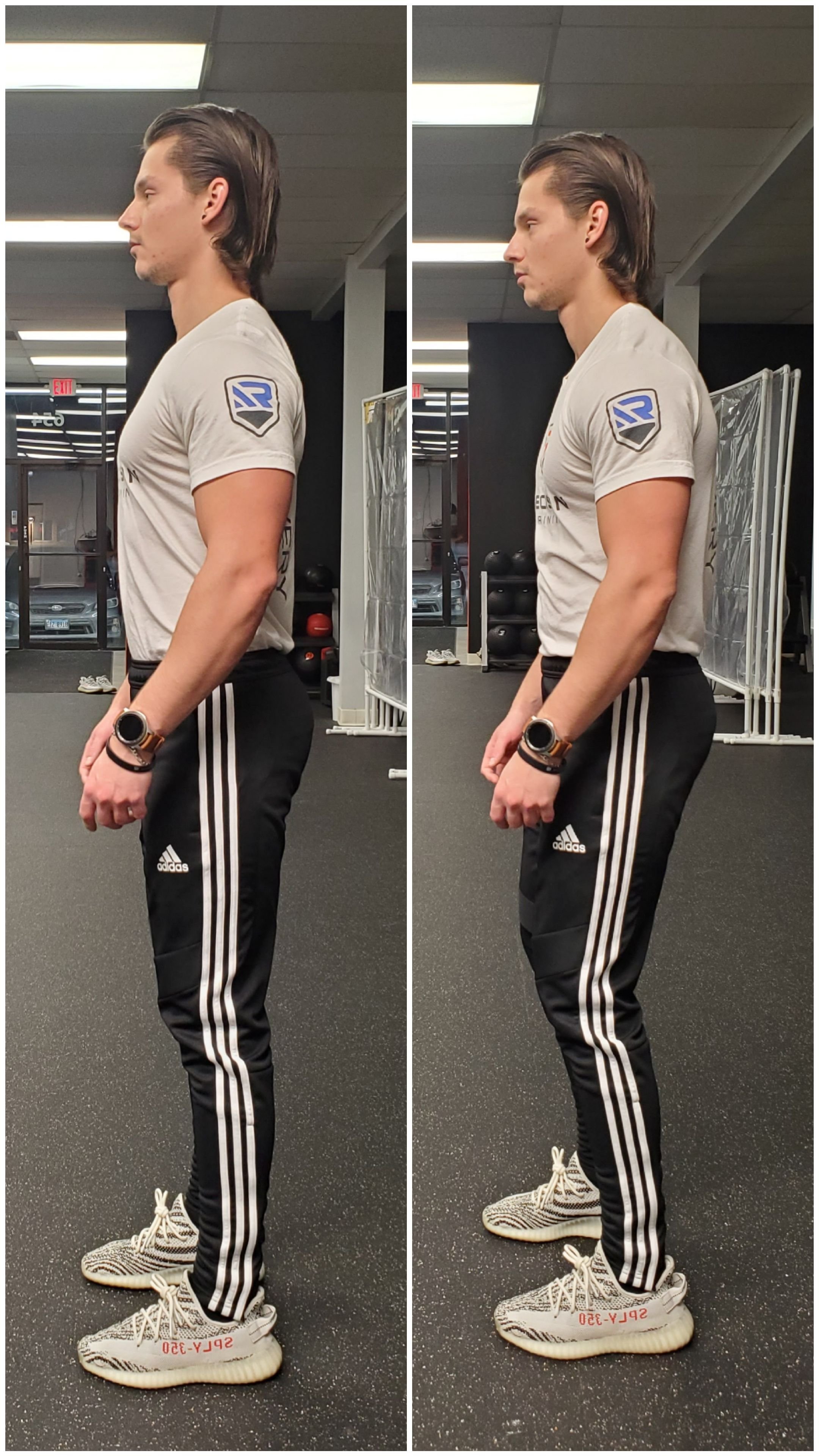Bracing - Your Biological Seatbelt
When training, we are more than eager to move. Whether that means jumping into a conditioning based EMOM, a long distance run, or going for a new deadlifts personal record, when we go for a workout, we tend to want to move, and move with intensity.
But many times, we fail to spend the proper amount of time and focus required to ensure that we move safely, and make sure that we are “strapped in” before trying these things. As a matter of fact, that concept of “strapping in” might be completely alien to us. In order to familiarize ourselves with that concept, we need to look at an elephant in the room that we oftentimes either forget about, or ignore:
POSTURE
1. What is bad posture?
When we hear the words “bad posture”, we tend to think of slouching. But there is a lot more to it than that, especially where exercise is concerned. When we think of posture relative to exercise and functional movement, it needs to include all different parts of the body, not just the upper back and head. Good posture, from that perspective, includes not only neutral alignment of the ENTIRE spine, but also making sure the rest of our body is oriented in a way that lets us move safely and efficiently.
2. Effects of Bad Posture
“Experts say that poor posture — long regarded as a mere aesthetic concern that made sufferers appear sloppy — is now known to be a major culprit in back problems that strike more than 80 percent of all Americans at some time in their lives, according to the National Institutes of Health.” - NY Post article from 2018
Modern society tends to put us in front facing, rounded positions oftentimes. Sitting at a desk job for 8 hours, driving for long periods of time, etc. All of these positions, while not INHERENTLY detrimental in a strict sense, can become problematic when they’re maintained for long periods of time, especially when unbraced and loose. This is because the muscle surrounding the major joints in our bodies will adapt to those positions, and when we get out of those positions and try to move, especially at high intensity, the body is too restricted to perform many of these movements safely and without pain. This lead to the next point of discussion:
3. How to fix bad posture
Most articles focus on creating a new structural position by changing alignment.
While this thought process makes sense, it is only part of the equation. It more so looks at the end result of work that needs to be done in order to achieve better posture, and doesn’t necessarily detail all of the specific steps needed in order to strengthen or unrestrict the muscles surrounding the main joints, and the focus needed to maintain your proper alignment. This is called The Bracing Sequence.
The Bracing Sequence is to movement & lifting as a seatbelt is to driving.
Is it necessary? Depends on your willingness to assume the risk of driving without a seatbelt. If you believe that there is a right way & a wrong way to lift a barbell than it should stand to reason that there is a right way and a wrong way to lift a box off the ground in your every day life. The principles & practice of the bracing sequence is not intended to be isolated to your attendance in a gym. These principles of pre-stabilizing your body are intended to be the physical filter that you apply in your movement through life.
